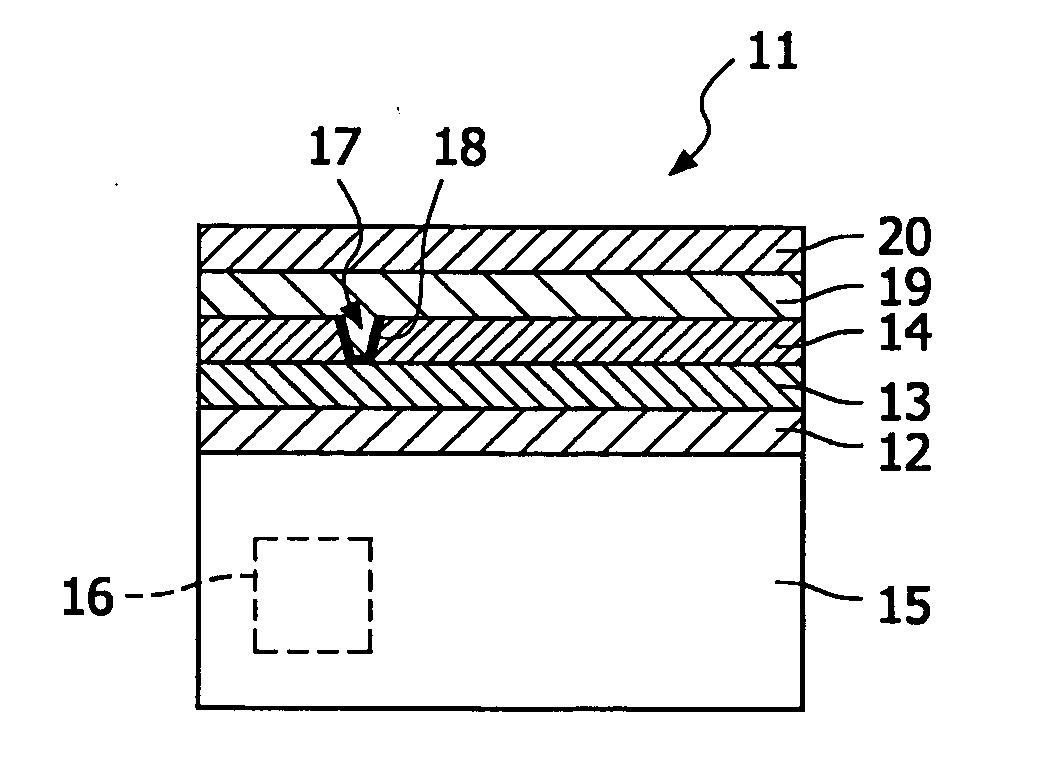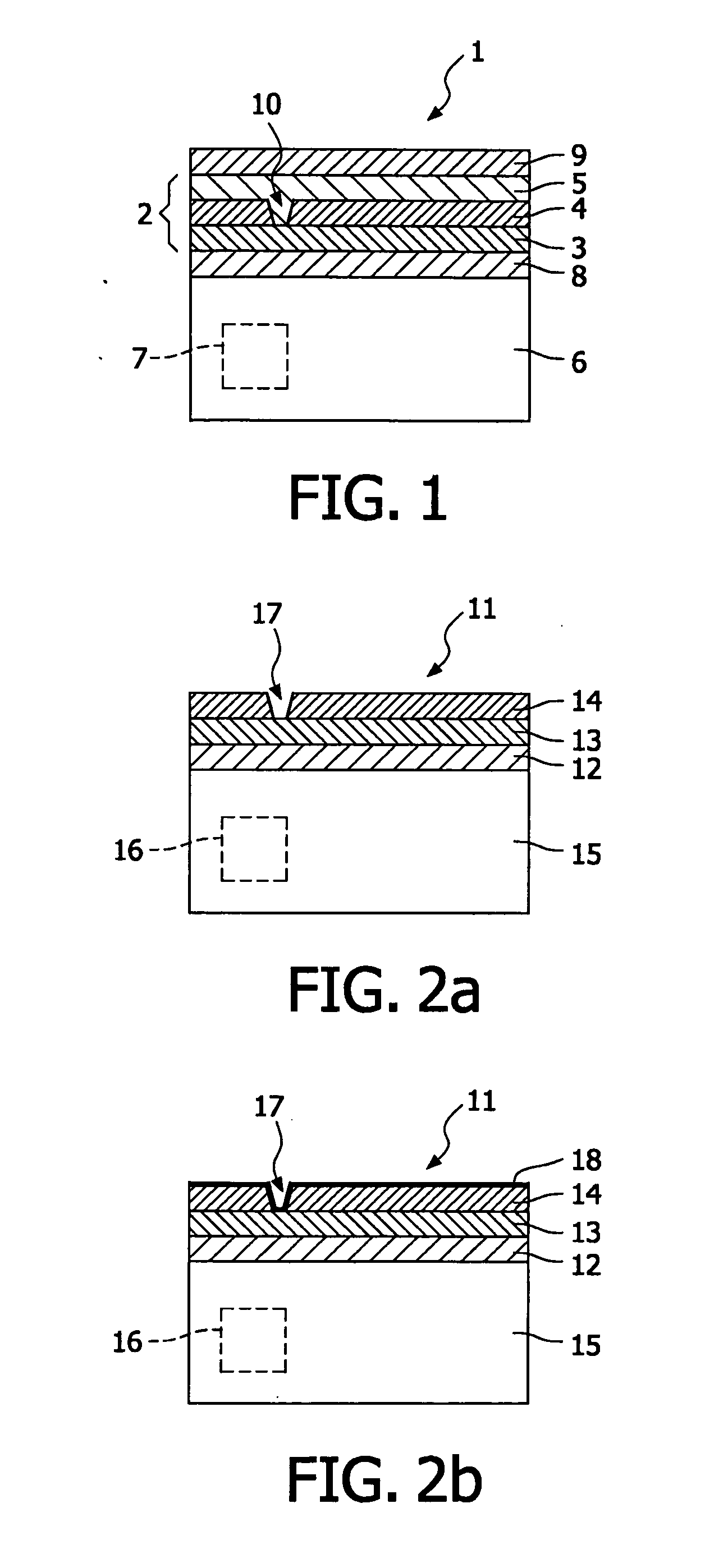Solid-state battery and method for manufacturing of such a solid-state battery
a solid-state battery and manufacturing method technology, applied in sustainable manufacturing/processing, secondary cell servicing/maintenance, non-aqueous electrolyte cells, etc., can solve the problems of shortening battery life, difficult to deposit pinhole-free on the surface of the battery, shortening the battery, etc., to increase the rate capability of the battery and increase the performance of the battery
- Summary
- Abstract
- Description
- Claims
- Application Information
AI Technical Summary
Benefits of technology
Problems solved by technology
Method used
Image
Examples
Embodiment Construction
[0018]FIG. 1 shows a schematic cross section of a battery 1 known from the prior art. An example of the battery 1 shown in FIG. 1 is also disclosed in the international patent application WO2005 / 027245. The known battery 1 comprises a lithium ion cell stack 2 of an anode 3, a solid-state electrolyte 4, and a cathode 5, which cell stack 2 is deposited onto a substrate 6 in which one or more electronic components 7 are embedded. In this example the substrate 6 is made of intrinsic silicon, while the anode 3 is made of amorphous silicon (a-Si). The cathode 5 is made of V2O5, and the solid-state electrolyte 4 is made of LiPON. Between the battery stack 2 and the substrate 6 a lithium barrier layer 8 is deposited onto the substrate 6. In this example, the lithium diffusion barrier layer 8 is made of tantalum. The conductive tantalum layer 8 acts as a chemical barrier, since this layer counteracts diffusion of lithium ions (or other active species) initially contained by the stack 2 into ...
PUM
| Property | Measurement | Unit |
|---|---|---|
| thickness | aaaaa | aaaaa |
| thickness | aaaaa | aaaaa |
| thickness | aaaaa | aaaaa |
Abstract
Description
Claims
Application Information
 Login to View More
Login to View More - R&D
- Intellectual Property
- Life Sciences
- Materials
- Tech Scout
- Unparalleled Data Quality
- Higher Quality Content
- 60% Fewer Hallucinations
Browse by: Latest US Patents, China's latest patents, Technical Efficacy Thesaurus, Application Domain, Technology Topic, Popular Technical Reports.
© 2025 PatSnap. All rights reserved.Legal|Privacy policy|Modern Slavery Act Transparency Statement|Sitemap|About US| Contact US: help@patsnap.com



